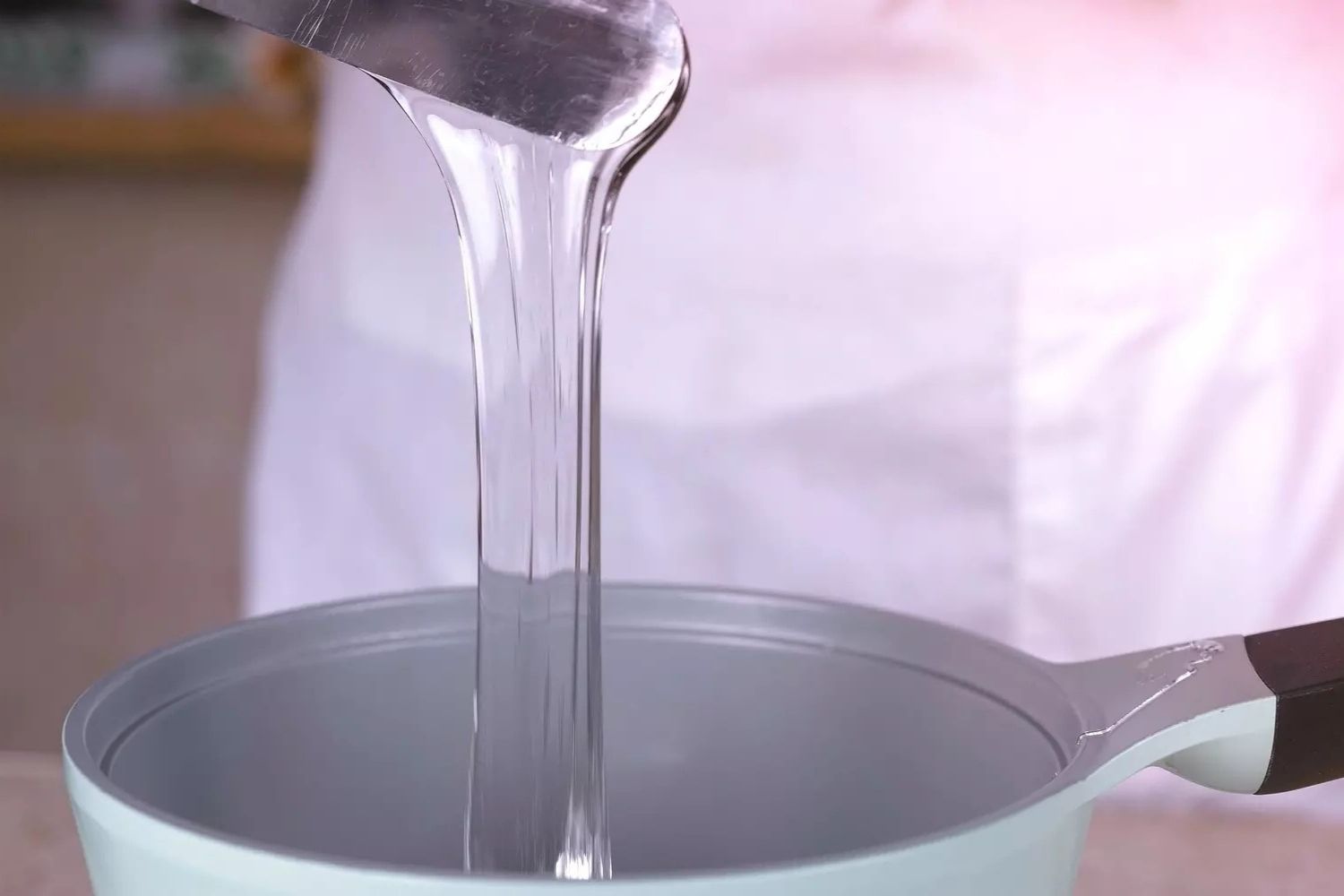
Glycerol, also known as glycerin, is a simple polyol compound with a wide range of uses. Ever wondered why it's in your toothpaste, lotions, or even food? This versatile substance is a key ingredient in many everyday products. Glycerol is a colorless, odorless liquid that tastes sweet and is non-toxic, making it safe for various applications. From its role in pharmaceuticals to its use in the food industry, glycerol is everywhere. But what makes it so special? Its unique properties, such as being a humectant, solvent, and sweetener, contribute to its widespread use. Ready to learn more? Let's dive into 27 fascinating facts about glycerol that will surprise you!
What is Glycerol?
Glycerol, also known as glycerin, is a simple polyol compound. It is a colorless, odorless, viscous liquid that is sweet-tasting and non-toxic. Glycerol is widely used in pharmaceutical formulations. Here are some fascinating facts about this versatile substance.
-
Glycerol has the chemical formula C3H8O3, indicating it contains three carbon atoms, eight hydrogen atoms, and three oxygen atoms.
-
It is a trihydroxy alcohol, meaning it has three hydroxyl (OH) groups attached to its carbon atoms.
-
Glycerol is a byproduct of soap making, a process known as saponification.
-
It is hygroscopic, which means it can absorb water from the air.
Uses of Glycerol
Glycerol's unique properties make it useful in various industries. From food to pharmaceuticals, its applications are numerous.
-
In the food industry, glycerol is used as a sweetener, humectant, and preservative.
-
It is a key ingredient in many skin care products due to its moisturizing properties.
-
Glycerol is used in the production of nitroglycerin, an essential component of dynamite.
-
It serves as a solvent in many pharmaceutical formulations, helping to dissolve active ingredients.
Health and Safety
Glycerol is generally considered safe, but there are some important health and safety considerations to keep in mind.
-
It is non-toxic and safe for consumption in small amounts.
-
Ingesting large quantities of glycerol can cause headaches, dizziness, and nausea.
-
Glycerol is used in medical settings as a laxative to relieve constipation.
-
It can also be used to reduce brain swelling in patients with certain medical conditions.
Production and Sources
Glycerol can be produced through various methods, both natural and synthetic.
-
It is naturally found in triglycerides, which are fats and oils from plants and animals.
-
Biodiesel production generates glycerol as a byproduct.
-
Synthetic glycerol can be produced from propylene, a compound derived from petroleum.
-
The global production of glycerol is estimated to be over 2 million tons per year.
Environmental Impact
Glycerol has a relatively low environmental impact compared to many other chemicals.
-
It is biodegradable, breaking down into water and carbon dioxide.
-
Glycerol production from biodiesel helps reduce waste by utilizing byproducts.
-
It is considered a green solvent, making it an eco-friendly alternative in various applications.
-
Glycerol can be used in bioplastics, contributing to more sustainable materials.
Fun Facts
Glycerol has some interesting and lesser-known uses that might surprise you.
-
It is used in fog machines to create artificial smoke for theatrical productions.
-
Glycerol can be found in e-cigarette liquids as a base for vapor production.
-
It is used in the preservation of certain biological specimens.
-
Glycerol can be used as an antifreeze in cooling systems due to its low freezing point.
-
It is an ingredient in some toothpaste formulations to prevent drying out.
-
Glycerol is used in the production of flexible, transparent films for packaging.
-
It can be used to create non-toxic, biodegradable lubricants for various applications.
Glycerol: The Unsung Hero
Glycerol, often overlooked, plays a vital role in our daily lives. From skincare products to food preservation, its versatility is unmatched. This simple compound, with its three hydroxyl groups, is a key ingredient in countless industries. It keeps our skin hydrated, our food fresh, and even helps in medical treatments.
Understanding glycerol's importance can change how we see everyday items. Next time you use a lotion or eat a preserved snack, remember the unsung hero behind it. Glycerol's impact is vast, making it a true powerhouse in both science and industry.
So, whether you're a science enthusiast or just curious, knowing about glycerol enriches your appreciation for the small things that make a big difference. Keep exploring, and you'll find more hidden gems like glycerol in the world around you.
Was this page helpful?
Our commitment to delivering trustworthy and engaging content is at the heart of what we do. Each fact on our site is contributed by real users like you, bringing a wealth of diverse insights and information. To ensure the highest standards of accuracy and reliability, our dedicated editors meticulously review each submission. This process guarantees that the facts we share are not only fascinating but also credible. Trust in our commitment to quality and authenticity as you explore and learn with us.
